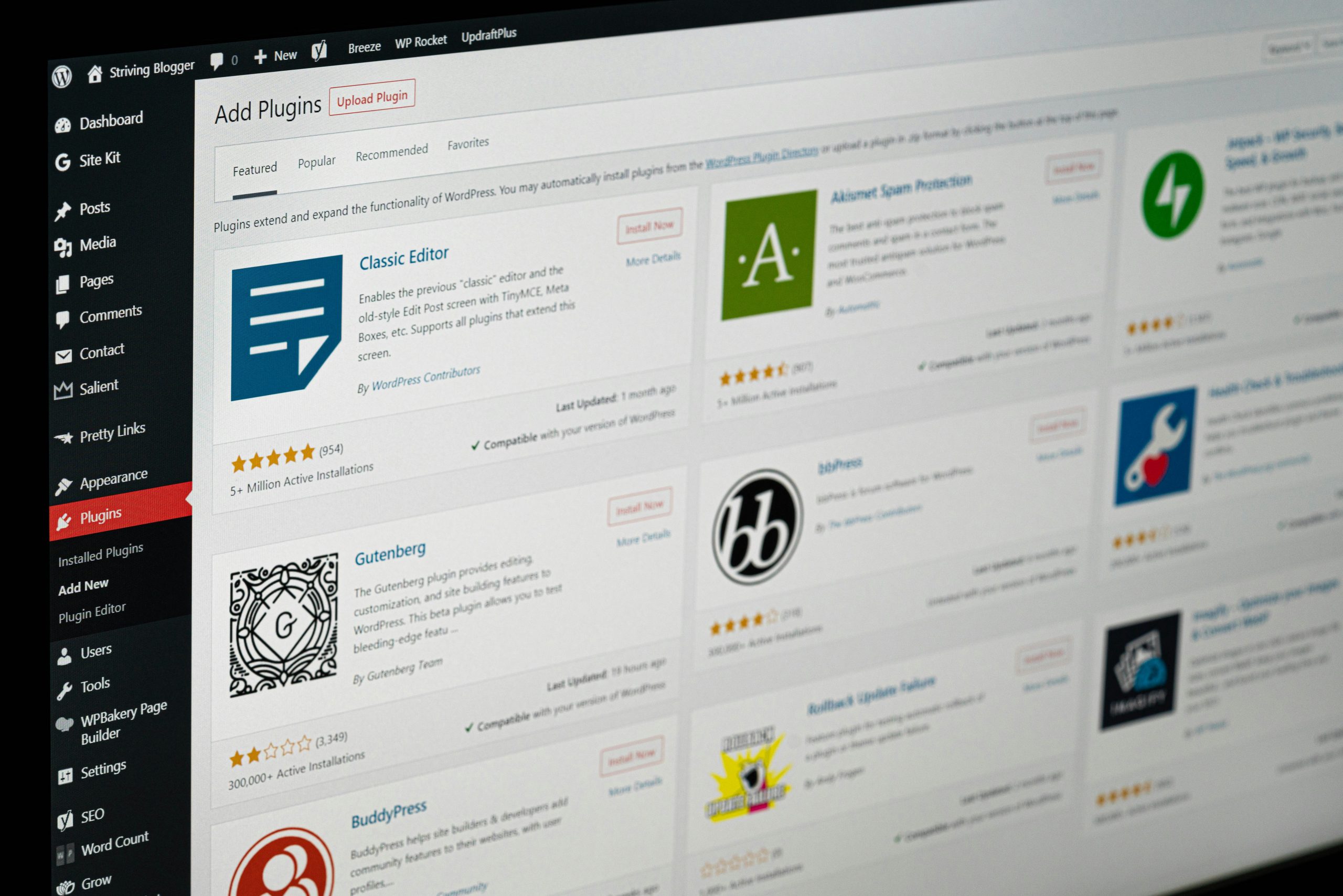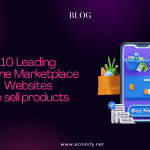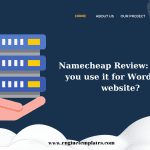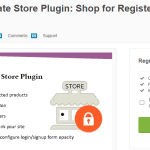
Source: unsplash
The digital landscape is a living, breathing entity, evolving faster than ever. What captures users’ attention today may feel outdated by tomorrow, so WordPress website owners must stay ahead to remain relevant. As we move toward 2026, web design is set for a revolutionary transformation that goes beyond static pages and conventional layouts.
The next era of design will be immersive, intelligent, and profoundly human-centric, blending technology with creativity to craft deeply engaging online experiences.
In this article, we’ll explore key web design trends shaping future WordPress sites, from AI personalization to 3D experiences, which ensure lasting digital relevance.
Immersive 3D and Interactive Design Elements
Business Wire reported that research shows immersive product content can reduce cart abandonment by nearly 50% and returns by almost a third. Allowing customers to explore details like size, texture, and design through interactive 3D viewers or augmented reality enhances engagement. This approach builds trust, boosts confidence, and minimizes post-purchase dissatisfaction.
In 2026, WordPress websites will increasingly adopt immersive 3D graphics and interactive design to enhance user engagement. Tools like WebGL, Three.js, and no-code 3D plugins empower designers to craft dynamic visuals seamlessly. From product showcases to animated storytelling, these innovations create memorable, emotionally captivating browsing experiences that keep visitors engaged.
AI-Powered Personalization and Smart Content Delivery
AI-driven analytics enable websites to interpret user behavior, preferences, and intent in real time, which creates personalized experiences. Smart content delivery presents the most relevant products, visuals, or articles to boost satisfaction and conversions. Machine learning plugins now make these advanced personalization tools easily accessible to WordPress users.
AI-driven personalization is transforming how WordPress websites deliver content and boost revenue. According to the IBM Institute for Business Value, companies prioritizing customer experience achieve three times higher revenue growth than competitors. Notably, 86% of CEOs consider personalization a vital element of their CX strategies, which underscores its overall strategic importance.
Ethical Design and User Well-Being Online
As digital experiences shape modern life, 2026 signals a shift toward ethical web design. This movement values mental health, privacy, and screen-time balance. Designers now aim to minimize cognitive overload and encourage more mindful, emotionally supportive interactions.
The new ethical mandate requires designers to build for conscious use, not compulsive addiction. This includes adding dark mode to ease eye strain and time-management tools.
Let’s consider the Facebook mental health lawsuit. It serves as a powerful reminder that poor digital design can cause serious psychological harm. The Facebook lawsuit sets a legal precedent, motivating developers to abandon manipulative dark patterns and create websites prioritizing user respect and mindfulness.
However, TorHoerman Law highlights that families are seeking justice for children harmed by Facebook’s mental health impact. The lawsuit alleges the company knew the risks to teens but prioritized profits over safety. Its algorithms intentionally fueled distress to maximize user engagement.
In response, WordPress developers now emphasize transparency, accessibility, and humane UX principles. Their goal is to design empowering, user-first digital spaces.
Minimalist Aesthetics with High Accessibility Standards
Clean layouts, ample white space, and intuitive navigation now serve purposes beyond aesthetics; they are vital for inclusivity and comfort. Designers emphasize readability, strong color contrast, and simple interfaces to ensure seamless access for all users. These efforts align with global accessibility standards like WCAG 2.2.
A 2025 WebAIM survey found over one million homepages contained 50,960,288 accessibility errors. This averages to 51 per page. It reflects a 10.3% improvement from 2024’s findings of 56.8 errors per page. Though progress is evident, accessibility still demands stronger design attention and inclusive development practices.
Sustainable Web Design and Green Hosting
In 2026, sustainability emerges as a key principle shaping modern web design. WordPress developers now aim to minimize the environmental footprint of digital platforms. This approach promotes lightweight coding, optimized media, and faster load times to significantly cut overall energy consumption.
Green hosting providers that rely on renewable energy are becoming increasingly popular among eco-conscious brands. Many companies now seek to align their online operations with sustainability goals and environmental values. This movement represents not only an ethical choice but also a practical step toward long-term digital responsibility.
Integration of AR and VR for Enhanced User Experience
Revolutionizing user interaction with WordPress websites, AR and VR integration is set to define digital experiences in 2026. These technologies transform static browsing into immersive experiences that let users test products and explore interactive 3D environments. With WebXR-compatible plugins, WordPress developers can now implement AR/VR features more easily and effectively.
Markets and Markets reports the global AR and VR market valued at $22.12 billion in 2024. It is expected to reach $96.32 billion by 2029, which demonstrates strong growth with a projected CAGR of 34.2% from 2024 to 2029. As adoption rises, AR and VR will become key drivers of next-generation web engagement.
Frequently Asked Questions
How can small businesses keep their WordPress sites updated with new design trends?
Small businesses can keep their WordPress sites current by adopting modern, responsive themes and updating plugins regularly. Staying active in design blogs or communities helps track trends. Partnering with experts for audits ensures websites remain appealing, accessible, and user-focused.
How can web designers balance creativity with fast loading times on WordPress?
Web designers can maintain creativity while ensuring fast WordPress loading times by optimizing images and using lightweight themes. Clean code, minimal animations, and lazy loading preserve visual quality. Prioritizing efficiency keeps designs engaging, responsive, and enjoyable across all devices.
What are the most common design mistakes to avoid when redesigning a WordPress site?
Common WordPress redesign mistakes include cluttered layouts, inconsistent fonts, poor mobile optimization, and a lack of accessibility. Excessive plugin use slows performance, while weak SEO or navigation reduces usability. An effective redesign unites aesthetics, speed, and functionality to deliver a cohesive and engaging experience for every user.
Embracing the Future of WordPress Design
As technology, user expectations, and sustainability goals advance, 2026 will usher in a new era of WordPress web design. Websites are evolving from static displays into adaptive, interactive experiences that mirror brand values and user intent.
Designers and businesses embracing these emerging trends secure visual excellence, accessibility, and performance. In a fast-changing digital landscape, WordPress design now centers on smarter, cleaner, and more purposeful online experiences.
- Top Web Design Trends That Will Define WordPress Websites in 2026 - October 30, 2025
- Exploring the Social Side of Playing Slots with Friends - September 29, 2025
- Power of Intranet Software: Streamlining Workplace Communication and Collaboration - February 26, 2025







